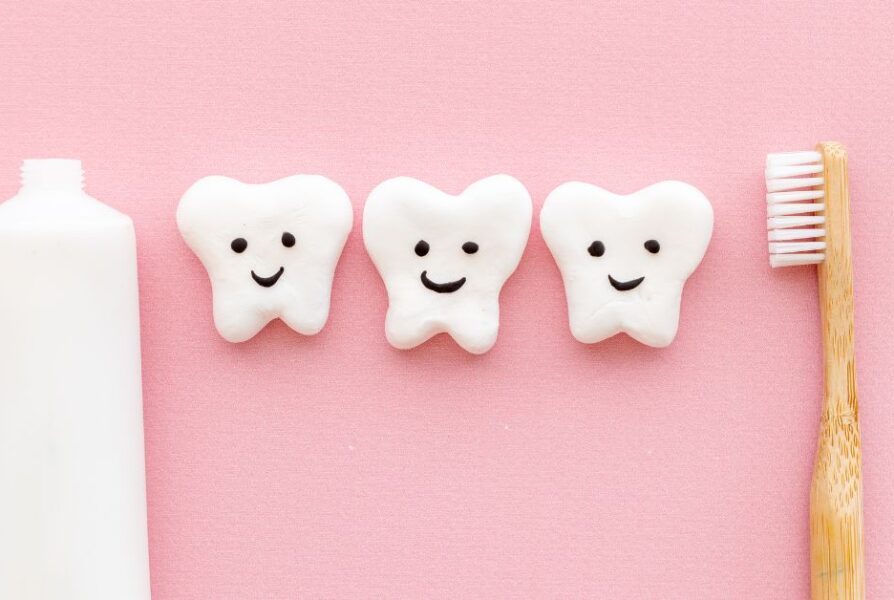We often take everyday routines like brushing our teeth for granted, but these simple tasks can be overwhelming for some. Sensory sensitivities, such as heightened reactions to taste, smell, or texture, can turn basic activities into uncomfortable or even painful experiences. These challenges affect a wide range of individuals, including people with autism, learning disabilities, and specific medical conditions. Recognising and addressing these sensory differences is essential for fostering inclusivity and ensuring that everyone can comfortably participate in daily life.
Most people don’t think twice about toothpaste’s sharp minty flavor or foaming texture, but for some, these sensations can make brushing a stressful ordeal. As we become more aware of people’s diverse needs, we can make everyday products, like toothpaste, more inclusive and accessible to all.
Did you know that sensory Sensitivities are More Common Than You Think?
Sensory sensitivities affect a wide range of people, and it’s not always easy to spot. While we often associate these sensitivities with individuals on the autism spectrum or those with Asperger syndrome, they also impact many others. For instance, people with learning disabilities may find intense flavours and textures overstimulating. Similarly, individuals with conditions such as Lichen Planus, Sjögren’s syndrome, Burning Mouth Syndrome, and Behçet’s disease often experience discomfort from strong flavours or foaming toothpaste. People with head and neck cancer who have undergone radiotherapy and those with Parkinson’s disease may also develop heightened sensitivities that make traditional toothpaste difficult to tolerate.

Even some who simply have an intolerance to ingredients like limonene, a citrus flavouring commonly found in oral care products, can struggle to find a comfortable alternative. With such a diverse range of people experiencing these challenges, it’s clear that sensory-friendly products are not a niche need but a crucial component of inclusive design.
The Impact on Oral Care
Take a moment to think about the sensations that come with brushing your teeth. For most people, the minty flavour of toothpaste is associated with cleanliness and freshness, while the foaming sensation helps spread the toothpaste. But for someone with sensory sensitivities, that same mint flavour can be overpowering, creating discomfort that lasts long after brushing. The foaming, often caused by sodium lauryl sulfate (SLS), can feel suffocating, making it difficult to continue brushing.

For individuals with conditions like Burning Mouth Syndrome or those recovering from radiotherapy, the strong flavours and foaming can exacerbate already sensitive tissues in the mouth. This discomfort can make people avoid brushing altogether, increasing the risk of dental problems.
Inclusion Through Design: Sensory-Friendly solutions for Oral Care
When we talk about inclusivity, it’s not just about physical accessibility. It’s about creating products that everyone can use comfortably. One way to accommodate people with sensory sensitivities is through the development of unflavoured, non-foaming toothpastes that reduce discomfort while still providing effective dental care.
Products like [OraNurse Unflavoured Toothpaste are specifically designed for people struggling with the strong flavours and textures of traditional toothpaste. OraNurse contains no mint, no flavouring, and doesn’t foam, offering a much more neutral and comfortable brushing experience. It’s been a game-changer for individuals with autism, Asperger syndrome, learning disabilities, and other conditions that make sensory experiences more challenging. OraNurse is also an ideal option for those with specific medical conditions such as Sjögren’s syndrome, Behçet’s disease, Kawasaki disease, or Lichen Planus, all of which can cause oral sensitivity.
For people with intolerances to ingredients like limonene, or those with Burning Mouth Syndrome, using a product that avoids irritating ingredients is crucial to maintaining oral health without triggering discomfort. With these alternative formulations, people can focus on the benefits of clean teeth without the sensory overload.
Making Oral Care More Inclusive
The need for sensory-friendly oral care extends far beyond just one group of people. Adults and children with learning disabilities, people with conditions like Parkinson’s disease or head and neck cancer patients after radiotherapy, and those with sensory processing disorders all stand to benefit from more inclusive toothpaste options. Offering alternatives like unflavoured, non-foaming toothpaste means that these individuals can comfortably maintain their oral health.
By making these small adjustments, such as using a product like OraNurse Unflavoured Toothpaste, we can significantly change how individuals approach their daily routines. This is true inclusivity—recognising that everyone’s experience is different and designing products that take these differences into account.
A Call for More Sensory-Inclusive Products
It’s time to broaden our understanding of inclusion. Sensory sensitivities are more common than many realise and affect people from all walks of life. Whether it’s someone with autism, a cancer patient, or someone with an intolerance to certain ingredients, everyone deserves products that make their lives easier.


